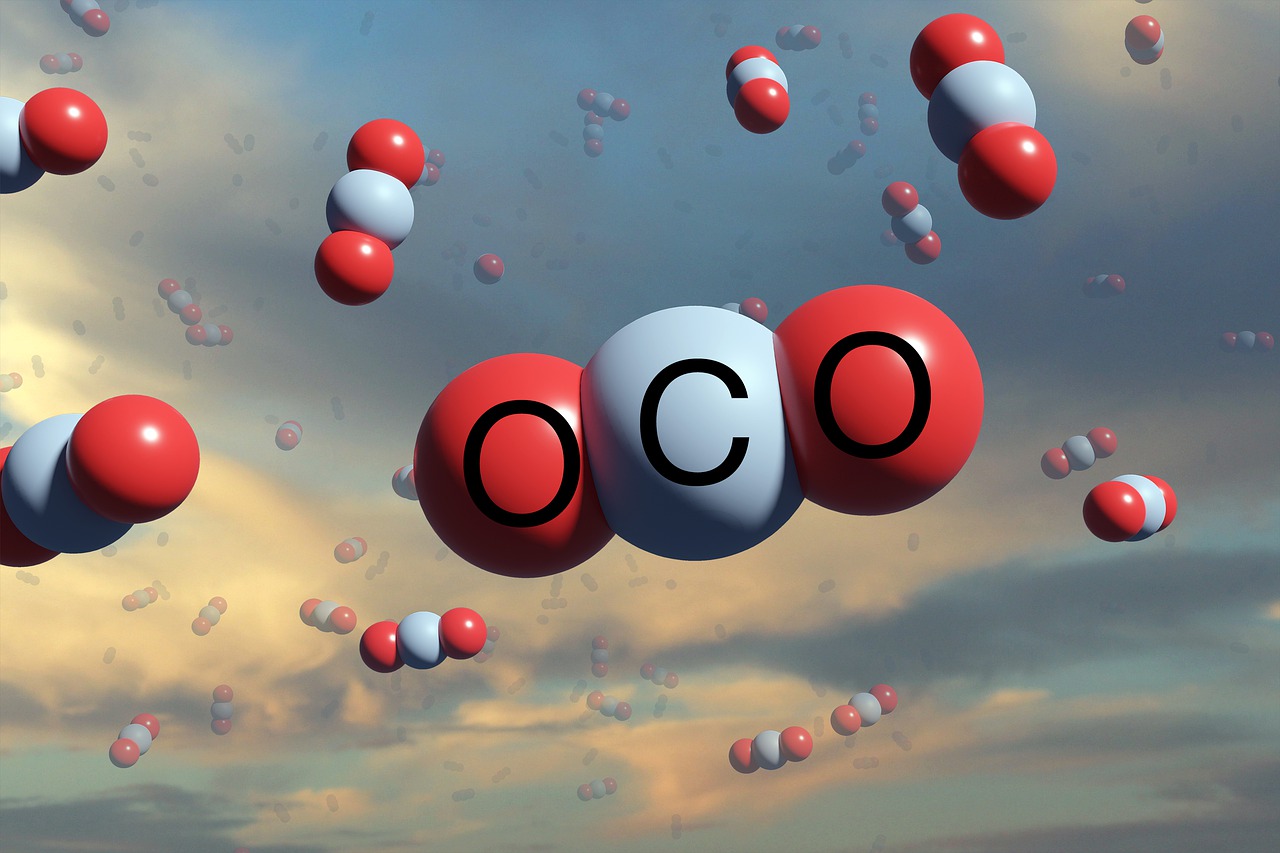United States – Following the successful completion of the award negotiation phase, GE Gas Power’s front-end engineering design (FEED) study “Retrofittable Advanced Combined Cycle Integration for Flexible Decarbonized Generation” will receive $5.7 million in federal funding from the US Department of Energy’s (DOE) Office of Fossil Energy and Carbon Management.
Carbon capture, utilization, and storage (CCUS) for power generation applications is the focus of this funding, with a goal of commercial deployment by 2030. Southern Company, Linde, BASF, and Kiewit will collaborate with GE Gas Power to develop a detailed plan for integrating carbon capture technologies with a natural gas combined cycle plant to capture approximately 95% of CO2 emissions generated.
The James M. Barry Electric Generating Plant, owned by Southern Company subsidiary Alabama Power and located in Bucks, Alabama, is powered by two GE 7F.04 gas turbines, which are part of GE’s 7F gas turbine fleet, which is the largest gas turbine fleet in North America. To integrate the combined cycle power plant with Linde’s Gen 2 carbon capture solution based on BASF OASE blue technology, GE will research advanced technology and control concepts. The project will also include improvements to the gas and steam turbine equipment to improve the carbon capture process, with the goal of lowering the carbon capture process’s impact on the power plant’s output, performance, and equipment cost.
CCUS opportunities
This retrofittable solution, which aims for reliability, load flexibility, and a significant reduction in carbon emissions, can be applied to other power plant sites and serve as a template for lowering carbon emissions across more than 1,500 F-Class gas turbines worldwide, which deliver up to 280 gigawatts of electricity daily.
Because of the difficulty of integrating CCUS technologies into an existing natural gas power plant, this FEED study will serve as a prerequisite for future construction projects and may help to speed up the commercialization of other projects. GE will lead the full-scale integration of the study, with proven expertise in natural gas combined cycle plant engineering, operability, and plant integration. The goal is to preserve the attributes of natural gas combined cycle plants that are critical to enabling a renewable energy-based future, such as dispatchability, lower carbon intensity, high flexibility and reliability, and low capital cost.
In December 2021, GE and Linde signed an agreement to expand their existing collaboration, with a particular focus on exploring carbon capture and storage opportunities in North America, combining GE’s expertise in power generation technology and plant integration with Linde’s experience with post combustion amine-based carbon capture processes. Customers operating GE gas turbines in North America will have new opportunities to adopt CCUS technologies as a result of this agreement.




